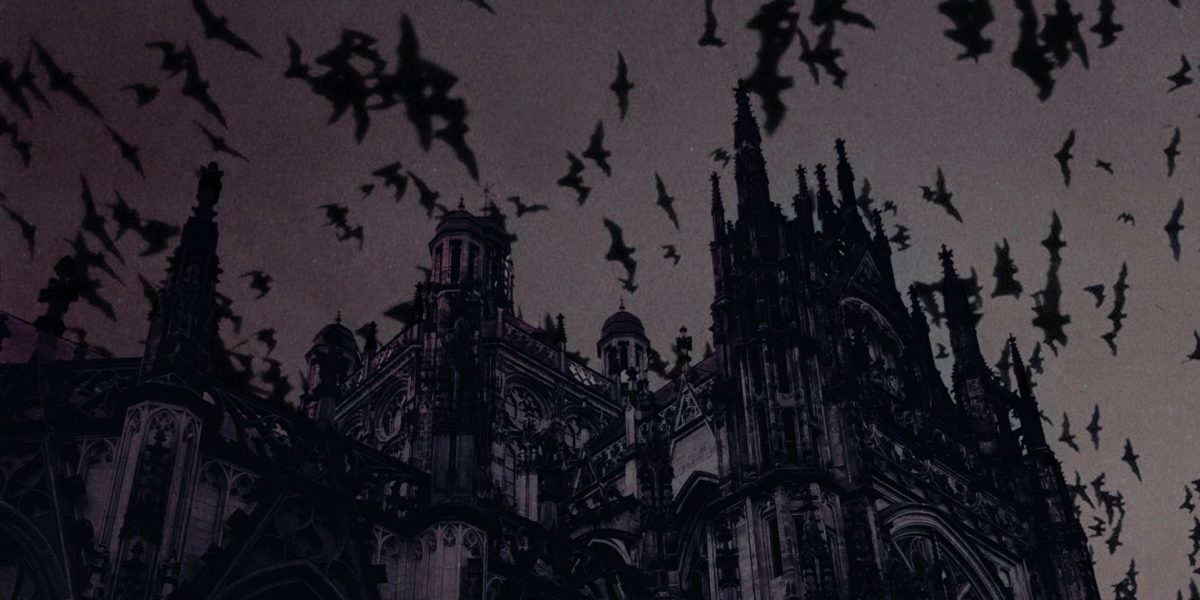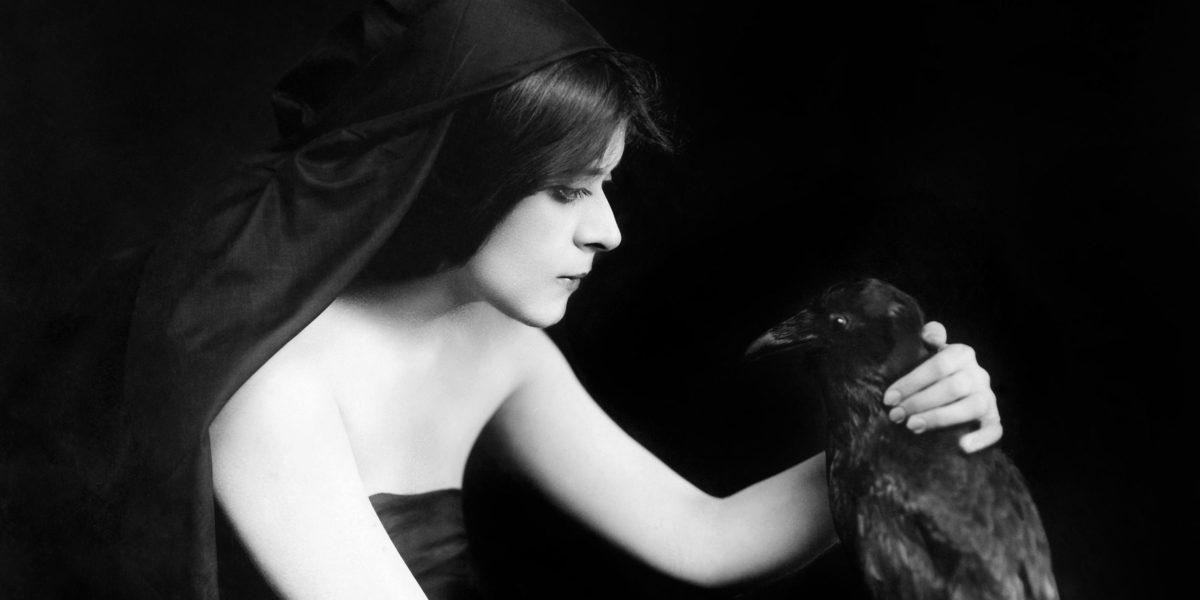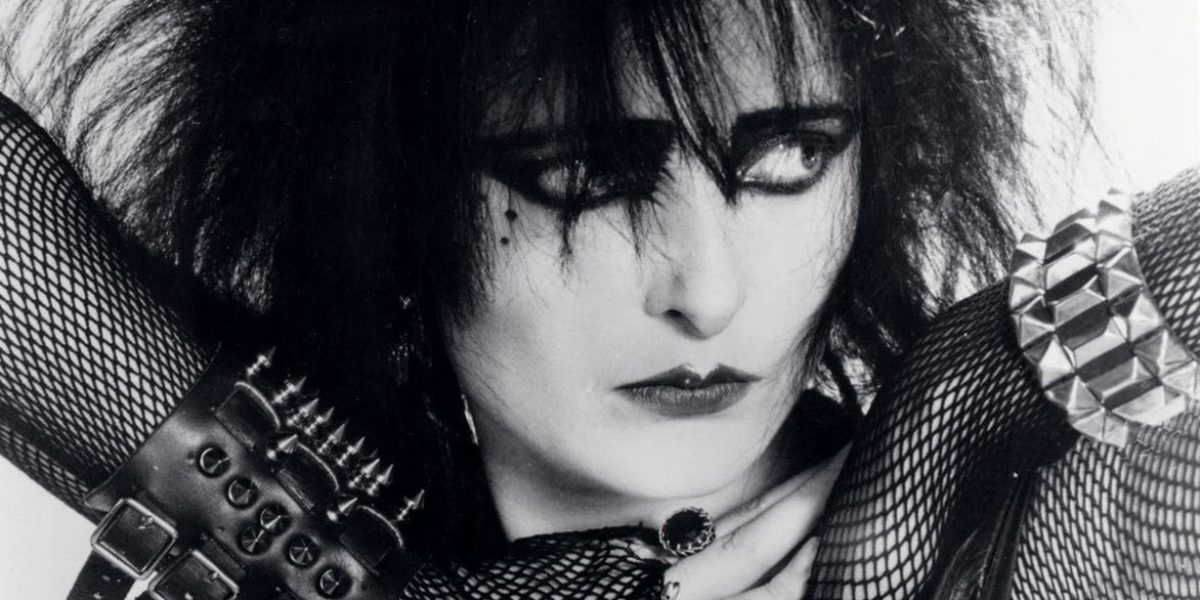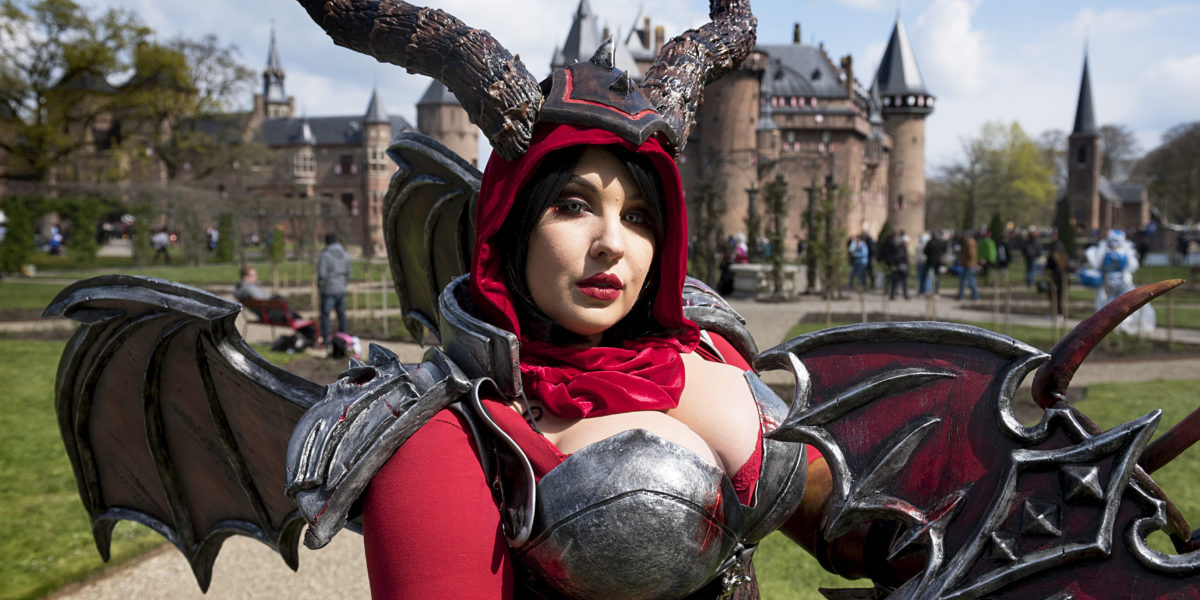GOTH – Designing Darkness
Goth is the world’s biggest subculture. A lifestyle steeped in an undefined yearning for the dark side of life. The exhibition GOTH – Designing Darkness looks for the wellspring of the Goth scene to present two centuries of a cultural history packed with dramatic imaginings, ominous design and melancholic art. In the heart of historic Den Bosch, with its medieval and neo-Gothic monuments, GOTH – Designing Darkness also shows how this dark subculture is given visual shape today. Such darkness as was never before seen in a museum…

Children of the Night - Nona Limmen
Seductive darkness
Goth is not a style but the visual expression of a feeling: the ‘seductive darkness’, a romantic, melancholic vision that after more than two centuries has firmly anchored itself in our culture. It is a powerful form of escapism – an attempt to forget the regular world and to hold a mirror up to it. Goth rejects a disenchanted modern society in which everything is open to explanation and offers the opportunity instead to lose yourself in a world of deep meaning, black magic and ineffable secrets in search of rapture and sensation.

Unknown photographer, “Theda Bara, publicity photo from the movie Sin (regie Herbert Brenon)”, 1915. C/o Granger Historical Picture Archive / Alamy Stock Photo.
A rich survey
The exhibition examines the roots of the Gothic, which reach down into traditional European art history as well as alternative and popular culture. Visitors will discover a rich survey of objects and art from collections including those of the Kröller-Müller Museum, the Musée d’Orsay, the Hamburger Kunsthalle and the Royal Institute of British Architects. The works on display vary from design drawings by Pierre Cuypers and objects by A.W.N. Pugin to furniture by André Lassen and H.R. Giger; prints by Odilon Redon and Félicien Rops to the photographs of Nona Limmen; from nineteenth-century mourning jewellery to the couture of Linda Friesen and Marjolein Turin; and sculptures by Sarah Bernhardt and Emmanuel Frémiet to the contemporary art and design of Sruli Recht, Carolein Smit and Cindy Wright.

Cindy Wright, “Eye to Eye (unification)”, 2020. Ownership city Antwerpen, long-term loan in M HKA. C/o Pictoright 2021.
Spectacular design
The exhibition has been designed by Peter Hopman of Bureau Lakenvelder. The subtitle Designing Darkness was the trigger for the design: the interplay of light and darkness, in which the shadow side prevails. Where exhibition galleries are customarily beacons of light and brightness, here you will find dark walls, placed at unexpected angles, which combine with the sparse lighting to evoke a mysterious, dark atmosphere in perfect keeping with the content of GOTH – Designing Darkness. Two audio tours guide you through the space: visitors can choose between a more traditional version and one voiced by the popular pop-noir singer Lakshmi (known from the TV show Wie is de Mol), in which music and sound effects enhance the story of the exhibition. Sustainability was an important consideration in the design process: the plinths are crates of the kind used to reinforce dikes and will be reused for that original purpose when the exhibition is over.

Joe Bangay, “Portrait photo Siouxsie Sioux to promote the album Juju”, 1981.
Gothic boat trip, podcasts, film and music festival and workshops
The exhibition is accompanied by a wide-ranging programme of additional activities. A walking tour of the city, for instance, enables you to discover Den Bosch’s Gothic side, both medieval and ‘Neo’. Listen to dark stories as you take an evening boat trip along the Binnendieze, the city’s partially underground waterway. Several workshops are scheduled in the autumn and Christmas holidays at which children and teenagers can design their own Gothic outfits. A festival held in collaboration with De Verkadefabriek and Willem II offers you the chance to see and hear some of the most beautiful Gothic movies and music. Our Sunday Talks, lastly, give you an opportunity to discuss the social aspects of Goth, while a series of lectures tell you more about the subculture’s historic and artistic strands. The full programme is available on the museum website from 16 October. The exhibition once again features a ‘Third Floor’ element – Design Museum Den Bosch’s online platform. This includes a series of podcasts featuring curators, artists and Goths, a range of videos, viewing, reading, and listening tips, and in-depth articles and recordings of lectures and debates, all of which give you the chance to delve even deeper into the content of the exhibition.

William J. Boot, “When Evening Twilight Gathers Round”, 1877. C/o The Maas Gallery.
The book Goth – Designing Darkness
The exhibition is accompanied by a book, compiled by curator Timo de Rijk and cultural historian Eric Smulders and designed by Yvo Zijlstra. It offers a visual exploration of the themes of GOTH – Designing Darkness , in which the works featured in the exhibition are complemented by contemporary and historical images from popular culture, art history and journalism. The book tells the story of Goth through a stimulating combination of images and quotes that have never previously been combined in this context before. It is scheduled for publication at the end of November and will be available through the museum and quality book stores.

Marnix Schmidt, “Cosplayer at the Elfia Festival, Haarzuijlens”, 2019. C/o Marnix Schmidt.
With thanks to
The Creative Industries Fund

and Fonds 21

and the Mondriaan Fonds – regulation Kunst Erfgoed Presentation

and the gemeente ‘s-Hertogenbosch

